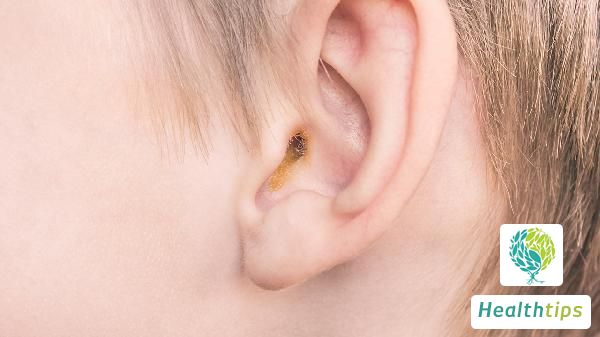"How to Treat Pollen Allergies: 5 Effective Methods"
Pollen Allergy Management and Treatment
Pollen allergy, also known as "seasonal allergic rhinitis," is a series of pathophysiological processes triggered by pollen allergies in patients with atopic constitution. It primarily manifests as catarrhal inflammation of the respiratory tract and conjunctiva, which may be accompanied by skin and other organ lesions. During this time, flowers bloom profusely, making it the most susceptible season for people to develop pollen allergies. What should one do if they unfortunately suffer from pollen allergy? How can it be treated? Here are some strategies:

Self-Relief Measures for Pollen Allergy Symptoms
1. Cold Compress: For symptoms caused by facial allergens, a cold compress is recommended. It can soothe and relieve itching. Follow up by visiting a hospital for allergen testing and subsequent itching relief, anti-allergy, and desensitization treatments. After desensitization treatment, re-exposure to the allergen will no longer trigger an allergic reaction. Avoid using sunscreen, makeup base, or foundation during treatment as they may burden the skin.
2. Ice Therapy for Skin Allergy: Wet a paper mask with clean water, refrigerate it for a while, and then apply it to the face. This immediately alleviates the itching sensation caused by allergies.
Pharmacological Treatments for Pollen Allergy Symptoms
1. Internal Medication: The primary treatment focuses on soothing itching. Various antihistamines (such as chlorpheniramine, hydroxyzine, astemizole, doxylamine, and cyproheptadine) and sedatives (e.g., diazepam) can be used. Additionally, intravenous injection of 10% calcium gluconate solution may be administered. If combined with infection, antibiotics should be added.
2. External Medication: Calamine lotion can be applied for mild redness, papules, blisters, and non-exudative lesions. For extensive exudative erosion, a 3% boric acid solution should be used for wet compresses. After the skin lesions dry, a corticosteroid cream can be applied.
3. Traditional Chinese Medicine: For acute pollen allergy with redness, blisters, and exudation, treatments aim to clear heat, drain dampness, and detoxify. A reference formula includes 30g of raw gypsum, 15g of forsythia suspense, 15g of plantain seed, and 15g of licorice root. If the condition persists, recurs frequently, and the skin lesions become chronically dry, treatments focus on clearing heat, dispelling wind, nourishing yin, and moistening dryness. A reference formula comprises 15g of rehmannia glutinosa, 15g of scrophularia ningpoensis, 15g of anemarrhena asphodeloides, 15g of burdock fruit, 15g of cicada slough, 15g of dictamnus dasycarpus, 20g of polygonum multiflorum, and 15g of angelica sinensis.
Although it's nearing the beginning of summer, pollen allergies can still occur. Remember to take precautions against pollen allergies when traveling.



















